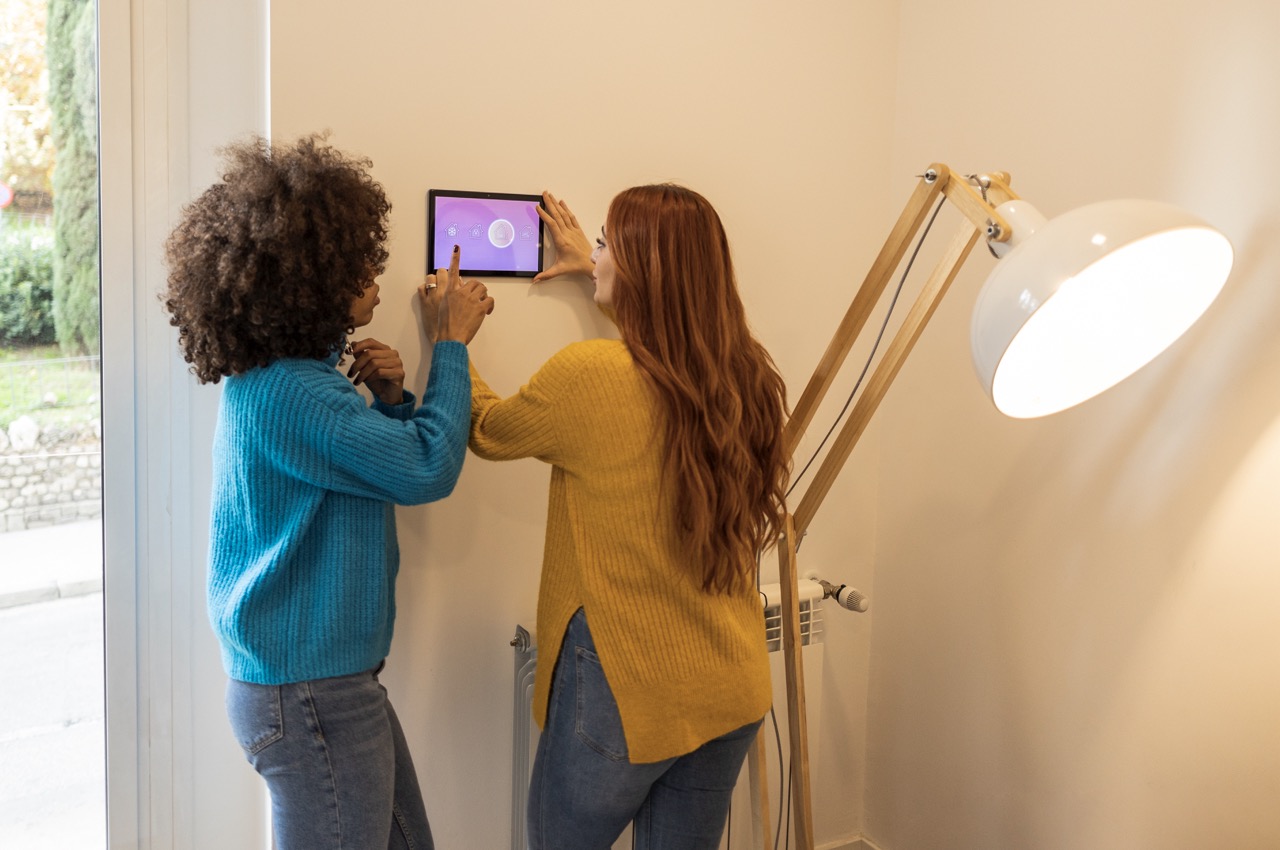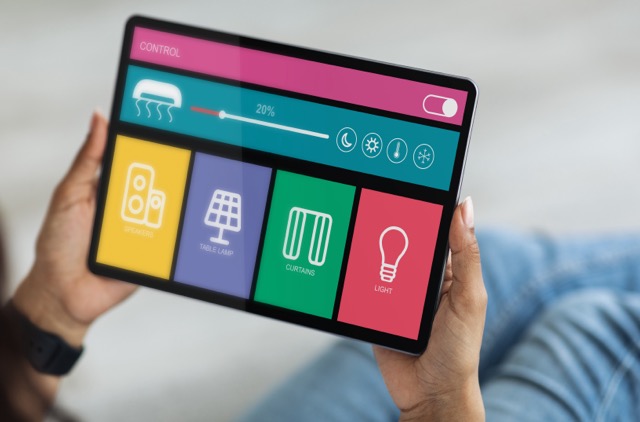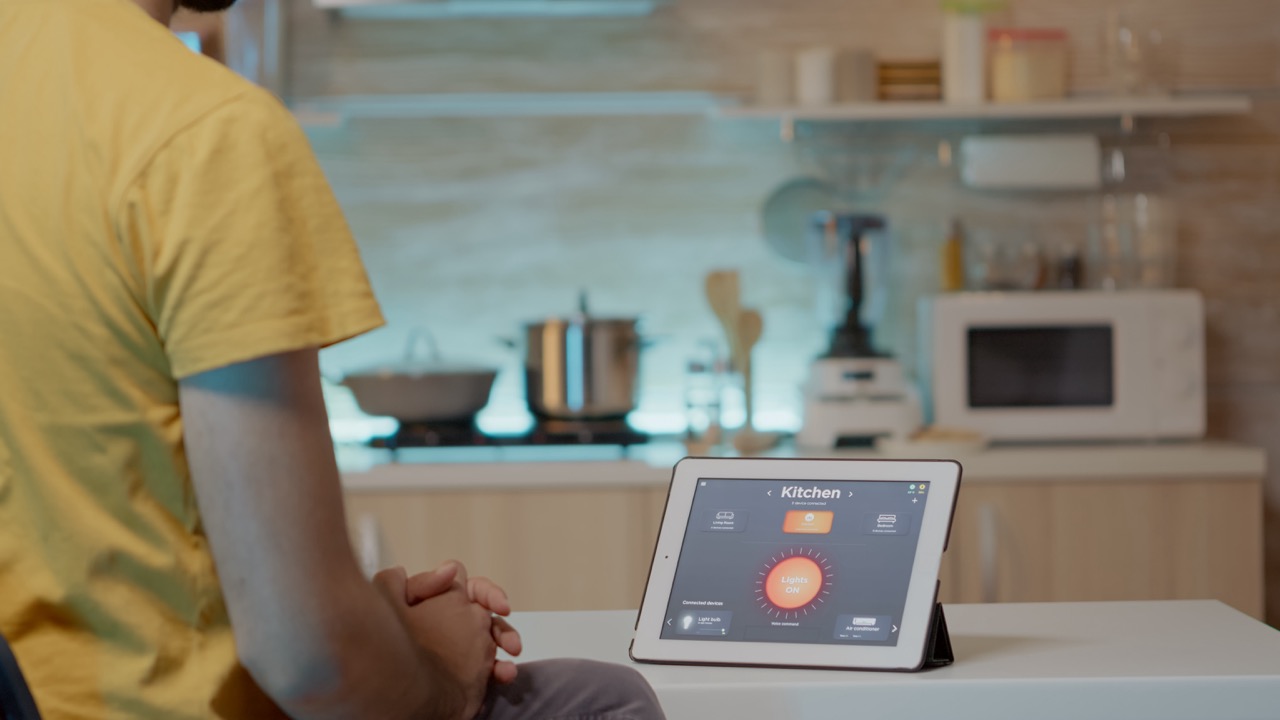The landscape of home entertainment has undergone a profound transformation with the advent of smart technology. From bulky television sets and tangled cable wires to sleek, interconnected devices, the evolution is not just about convenience but also about an enhanced user experience. Smart technology, characterized by its ability to connect, anticipate, and adapt to consumer needs, is reshaping not only the way we interact with entertainment but also the content and form it takes. This article delves into the multifaceted impact of smart tech on home entertainment, exploring its journey from analog systems to an era dominated by intelligence and personalization.
Evaluating the Shift: From Analog to Smart Tech
The shift from analog to smart technology in home entertainment represents a significant leap towards digital sophistication. Traditional analog systems, which relied on linear broadcasting and physical media, offered limited interaction and flexibility. The introduction of digital and smart technology, featuring internet connectivity and data analytics, has empowered users with unprecedented control over their entertainment choices. This transformation is evident in the replacement of video cassettes and DVDs with digital downloads and streaming, marking a move towards more space-efficient, durable, and convenient formats.
The impact of this shift extends beyond mere convenience. It symbolizes a broader trend towards a more integrated and networked home environment where devices communicate seamlessly with each other. For instance, smart TVs can now connect with other smart devices in the home, allowing for a centralized control system that enhances user convenience and energy efficiency. This interoperability has paved the way for more personalized and contextually aware entertainment experiences, fundamentally changing how media is consumed.
Moreover, the adoption of smart tech in home entertainment systems has also led to significant environmental benefits. Digital storage and streaming significantly reduce the physical materials needed for media production and disposal, such as plastic for DVDs and the chemicals used in their manufacturing. This transition not only declutters living spaces but also contributes to a reduction in electronic waste, aligning with broader sustainability goals.
The Rise of Streaming Services and Smart TVs
The advent of streaming services like Netflix, Amazon Prime, and Hulu has revolutionized the entertainment landscape. These platforms have shifted the power dynamics in the media industry, allowing users to access a vast library of content on demand, bypassing traditional broadcasting schedules and geographical limitations. This convenience factor, coupled with the absence of intrusive commercials, appeals to the modern consumer’s desire for uninterrupted and tailored content.
Smart TVs have become the cornerstone of this new viewing experience. Equipped with high-definition displays, internet connectivity, and integrated streaming apps, smart TVs offer a richer, more interactive viewing experience. They not only streamline the process of content delivery but also enhance the quality of the content itself, with technologies such as 4K resolution and High Dynamic Range (HDR) providing breathtaking visual fidelity.
Furthermore, the integration of smart assistants like Amazon Alexa and Google Assistant into smart TVs has further transformed the viewing experience. Viewers can now use voice commands to search for programs, control playback, and even manage other smart home devices. This hands-free control is particularly appealing in an era where convenience and simplicity are highly prized.
How Smart Devices Are Reshaping User Interaction
Smart devices are fundamentally altering how users interact with their home entertainment systems. The traditional remote control has evolved into multifaceted interfaces that include voice, touch, and even gesture recognition. This shift not only makes interaction more intuitive but also makes technology accessible to a broader range of users, including those with disabilities.
The proliferation of smartphones and tablets has played a crucial role in this transformation. These devices serve as secondary screens on which users can stream content or control their main entertainment systems. This capability for multi-device convergence ensures that users can enjoy a seamless entertainment experience, moving freely between devices without losing track of their content.
Moreover, smart entertainment devices are increasingly learning from user interactions to provide a more personalized experience. Algorithms analyze viewing habits and preferences to recommend shows and movies, adjust settings like brightness and volume, and even anticipate the user’s needs in real-time. This level of personalization not only enhances user satisfaction but also fosters a deeper connection between the user and the technology.
Virtual Reality: A Game Changer in Home Cinema
Virtual reality (VR) technology is taking the home cinema experience to unprecedented levels. By immersing viewers in a 360-degree environment, VR transforms passive viewing into an active, engaging experience. This technology allows users to not just watch a movie or a show but to step inside it, interacting with the environment and the characters in a way that was previously unimaginable.
The implications for storytelling and content creation are profound. Filmmakers and game developers can craft more immersive and emotionally compelling experiences, leveraging VR’s potential to influence the viewer’s senses directly. This could lead to a new genre of entertainment specifically designed for VR, offering more depth and interactivity than traditional media.
However, the adoption of VR in home entertainment also poses challenges, including the need for significant hardware investment and the potential for motion sickness in some users. Despite these hurdles, the ongoing advancements in VR technology and the gradual reduction in costs suggest that VR could soon become a staple in home entertainment environments.
The Role of AI in Personalizing Entertainment
Artificial intelligence (AI) is at the forefront of personalizing home entertainment, offering a more tailored and engaging user experience. AI algorithms analyze user data to understand preferences and viewing habits, enabling platforms to suggest content that is more likely to resonate with the viewer. This not only enhances user satisfaction but also increases the time spent on platforms, benefiting content providers.
AI is also instrumental in improving the quality of streaming services. Techniques like machine learning optimize streaming quality in real-time, adjusting to internet speeds and screen resolutions to deliver the best possible picture without buffering or loss of quality. This ensures a smooth and enjoyable viewing experience, free from the frustrations of technical interruptions.
Moreover, AI contributes to the creative aspect of entertainment by helping to identify trends and predict what content will be successful. This insight allows studios and content creators to be more strategic in their production decisions, potentially leading to more engaging and successful entertainment offerings.
Future Trends: Where Smart Tech is Taking Us Next
Looking ahead, the future of home entertainment is poised to become even more integrated and interactive. We are likely to see greater convergence between different forms of media and technology, such as the blending of social media, gaming, and traditional entertainment into cohesive experiences. This integration will not only create new forms of entertainment but also new ways of experiencing them, leveraging the collective power of smart technologies to create fully immersive environments.
The development of smarter, more adaptive AI is expected to further refine the personalization of entertainment. Future systems could predict user preferences even before they are fully expressed, using data from a variety of sources to cater entertainment experiences to individual moods and contexts. This could transform the role of entertainment from one of simple leisure to an integrated part of our daily emotional and psychological well-being.
Moreover, as concerns about digital privacy and data security continue to grow, the next generation of smart entertainment technology will need to balance personalization with privacy. Achieving this balance will be crucial for maintaining consumer trust and ensuring the sustainable growth of smart tech in home entertainment.
The impact of smart technology on home entertainment is both transformative and far-reaching, offering new levels of engagement, personalization, and convenience. From the evolution of TVs into smart, interactive hubs to the advent of personalized content through AI, these technologies are not only changing how we consume entertainment but are also shaping the content itself. As we look to the future, it is clear that the integration of advanced smart technologies will continue to redefine the boundaries of home entertainment, promising even more personalized, immersive, and enriching experiences. The journey from analog to smart tech has only just begun, and its potential to revolutionize entertainment continues to unfold.










